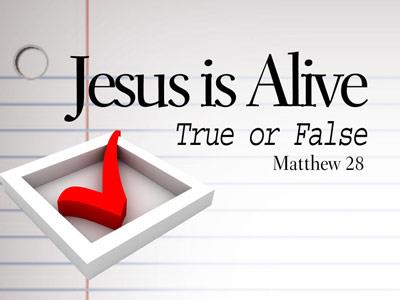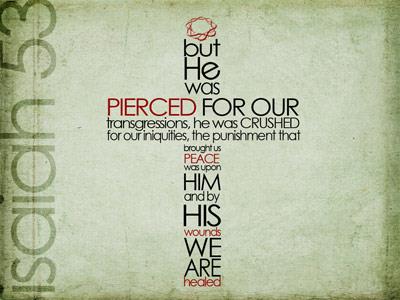-
Jesus, The Real Deal Series
Contributed by Bruce Goettsche on Nov 28, 2017 (message contributor)
Summary: Real Deal Christians have confidence in the message of the gospel
“Jesus: the Real Deal”
1 John 1:1-4
Copyright October 15, 2006 Rev. Bruce Goettsche THE REAL DEAL: A Study in 1 John
This morning we begin a new series in a letter from John (not to be confused with the Gospel of John). John, of course, was one of the disciples of Jesus to the first century church. John had heard about false teachers and a growing cult called Gnosticism and wrote his letter to help the church members distinguish between real Christianity and counterfeit Christianity.
This line between truth and falsehood is blurred in our society. We pick up newspapers and read touching stories and later find out that the stories were complete fabrications. We are used to politicians making us promises to get our votes, only to forget those promises once they get into office. Political ads regularly take quotes out of context to try to influence the electorate. We are so used to seeing realistic dramas on television that we often find ourselves forgetting that what we are watching is just pretend. People stand up and make passionate arguments and we simply accept that what they are asserting is true is actually true.
This carries over into issues of faith. It seems like every day someone is developing a new religion. Most of these religions contradict each other. In other words, it is impossible for them all to be true.
Let me give you some everyday examples. You can’t be pregnant and not be pregnant at the same time. You are either one of the other no matter how passionate you are. If two doctors come out of surgery and one says your family member is dead and the other doctor says, he is alive, the one thing you know for sure is that they both can’t be right even if they are both passionate and sincere.
It is the same thing with faith. Jesus says he is the only way to Heaven. Islam says it is the only path to Heaven. Mormonism says that only those who hold to the teachings of the book of Mormon will rise to the highest Heaven. These could all be false, of course, but they can’t all be true. They are contradictory. People say, “We are all headed in the same direction.” No, we’re not. Some are walking with God, some are walking away from Him.
In the weeks before us we will be on a quest. We want to discover the true God, the true way to life beyond the grave, and we want to understand what it means to be a real (as contrasted with pretend) follower of Jesus Christ. So let’s begin. John begins his letter to the church with these words,
That which was from the beginning, which we have heard, which we have seen with our eyes, which we have looked at and our hands have touched—this we proclaim concerning the Word of life. 2 The life appeared; we have seen it and testify to it, and we proclaim to you the eternal life, which was with the Father and has appeared to us. 3 We proclaim to you what we have seen and heard, so that you also may have fellowship with us. And our fellowship is with the Father and with his Son, Jesus Christ. 4 We write this to make our joy complete.
Often when I am introduced to someone for the first time I don’t pay as much attention as I should. I nod, shake someone’s hand, and great them warmly. However, I’m not really paying attention. Within a matter of a couple of minutes (sometimes seconds) I can’t remember their name.
In a similar way, it is easy to miss the significance of the early words of a book in the Bible, especially the letters. We are so eager to get to the “meat” that we miss the foundation that is laid in the first words. We so want to get to the “practical stuff” that we sometimes overlook the doctrinal or theological foundation that the practical stuff is based on. That is especially true in this letter from John. So this morning let’s take our time and hear clearly what is being said.
Christian Faith is Historical Rather than Theoretical
The first thing John tells us is that the Christian faith is based in fact, not fiction.
That which was from the beginning, which we have heard, which we have seen with our eyes, which we have looked at and our hands have touched—this we proclaim concerning the Word of life
John testified that this Jesus he proclaims is someone he saw, heard, looked at, and touched. Jesus was a real person, who lived at a real time in history.
Understand how significant and important this is. John is reminding us that he is not sharing some philosophy he’s come up with. This is not some theory that he is propounding. He is telling us what he saw and learned from the Jesus of History.

 Sermon Central
Sermon Central



